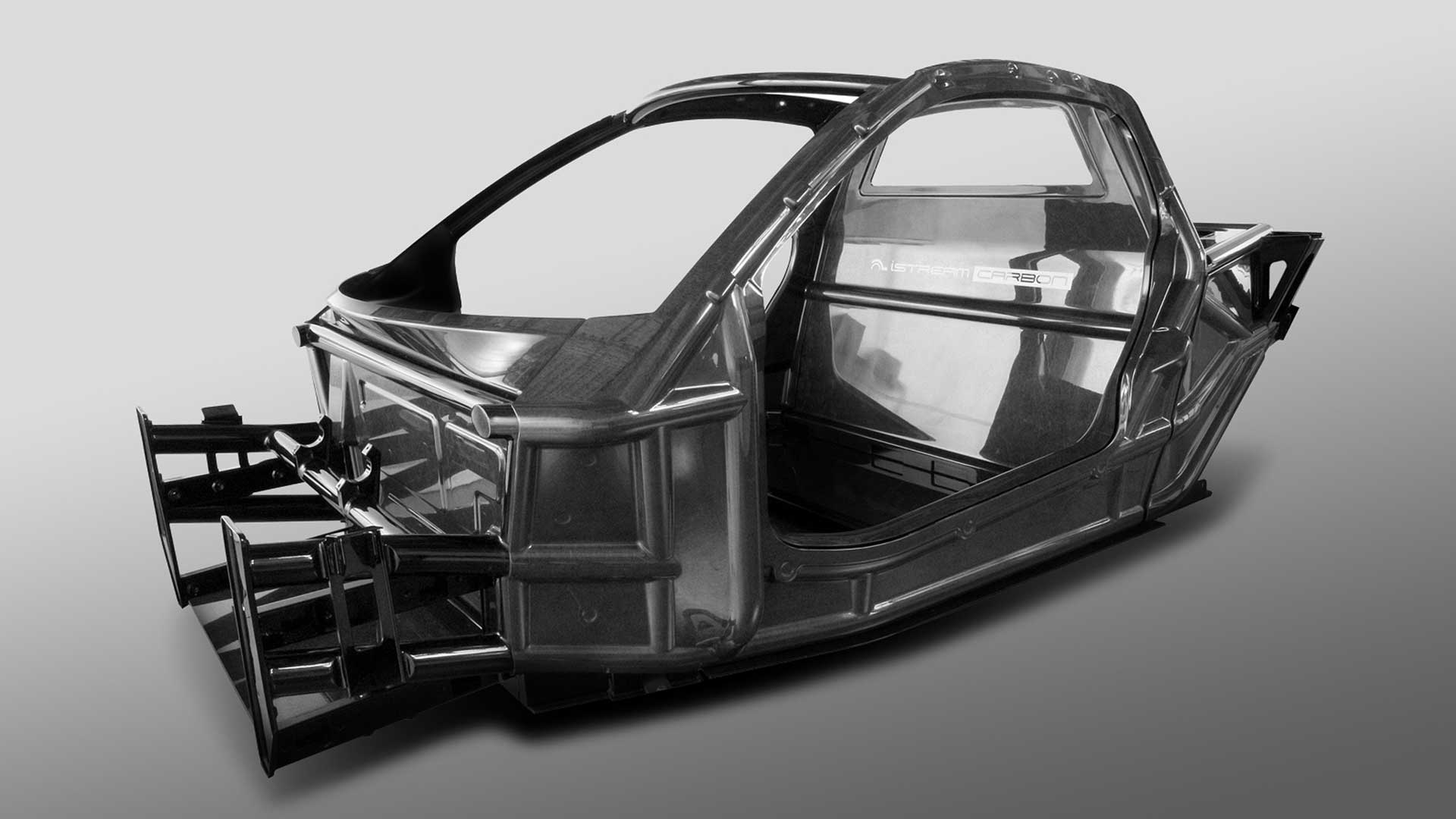

TVR is what the English call a “specialized sports car manufacturer,” meaning it produces small batches of cars for a devoted audience. At least it used to; the 69-year-old company endured barren years from 2004 to 2013 before being rescued by a consortium led by Englishman Les Edgar. Last year the revitalized TVR announced it would have a sports car ready in 2017, and pent-up love for the brand was such that the entire first year’s production sold out soon after the notice. We have no idea what it will look like, but it’s said to use Ford’s 5.0-liter Coyote V8 that we enjoy in the Mustang, tuned by Cosworth for more horsepower and performance.
So far, so awesome. But what interests us most is how the chassis around that engine is going to be made. Gordon Murray is the engineer who designed the cars that delivered McLaren five Formula 1 World Championships, and he designed the McLaren F1 supercar and Mercedes-McLaren SLR. He left the company in 2007 to start Gordon Murray Design, and one of its engineering solutions is called iStream construction. Murray says it’s a way to bring lightweight glass fiber and carbon-fiber cars to the masses.
In iStream, steel tubes are cut and welded to make a frame, then glass fiber panels that sandwich a honeycomb structure are bonded to the steel frame. The panels are responsible for bearing the load, not the steel tubes; the tubes are there to provide hardpoints for door hinges and suspension mounts. The entire assembly process is automated and can be integrated with a carmaker’s production line, and Murray says iStream eliminates the huge machinery and 80 percent of the financial investment required for the steel stampings in today’s cars. To make the T25 City Car Murray designed, the tubes and panels cost only 177 English pounds (about $243).
iStream Carbon replaces glass fiber with carbon fiber, and that’s what TVR plans to use, as Yamaha has done for its Sports Ride Concept revealed at last year’s Tokyo Motor Show. Beyond Yamaha and TVR, Murray says he’s working with six OEMs and four start-ups on a range of projects from a city car to a 13-passenger off-road truck.
If OEMs can use iStream and it really does make much lighter traditional cars for much less money, consumers will save a lot more than just cash. But does this mean the next Mercedes SLS AMG will be a gullwing iStreamer that weighs only 1,098 pounds and costs less than an SLK? Allow us to dream…